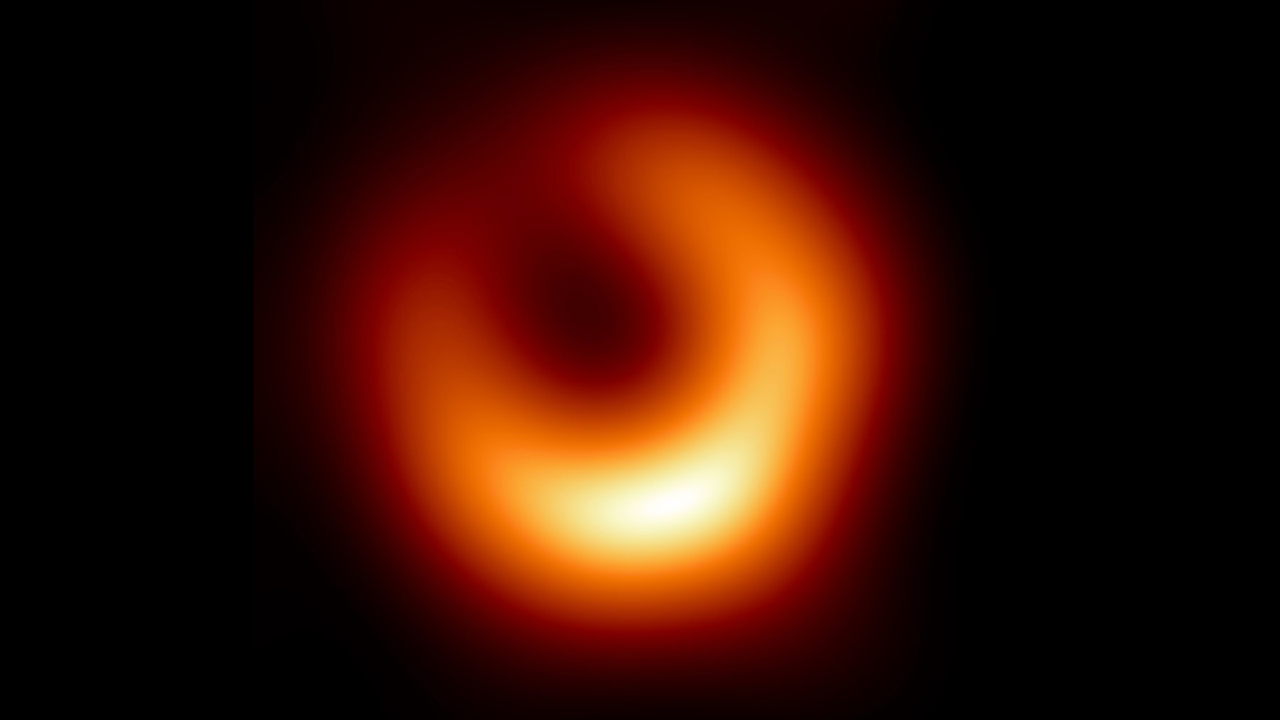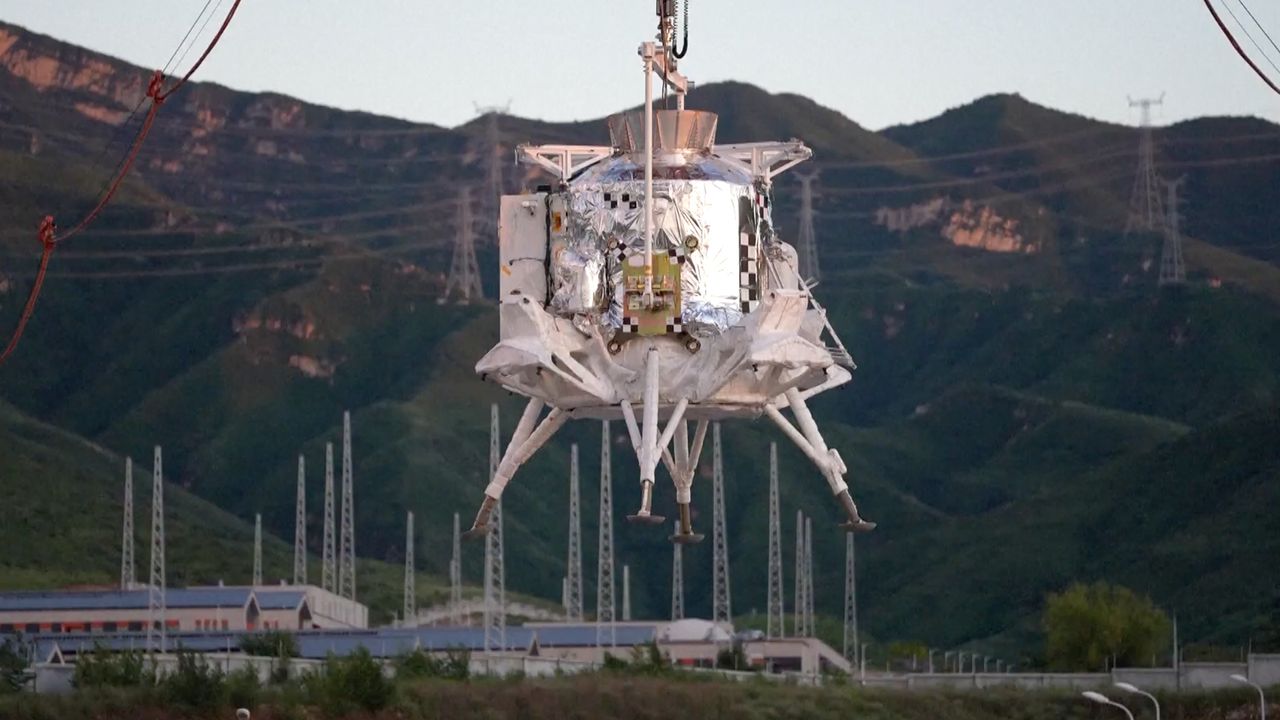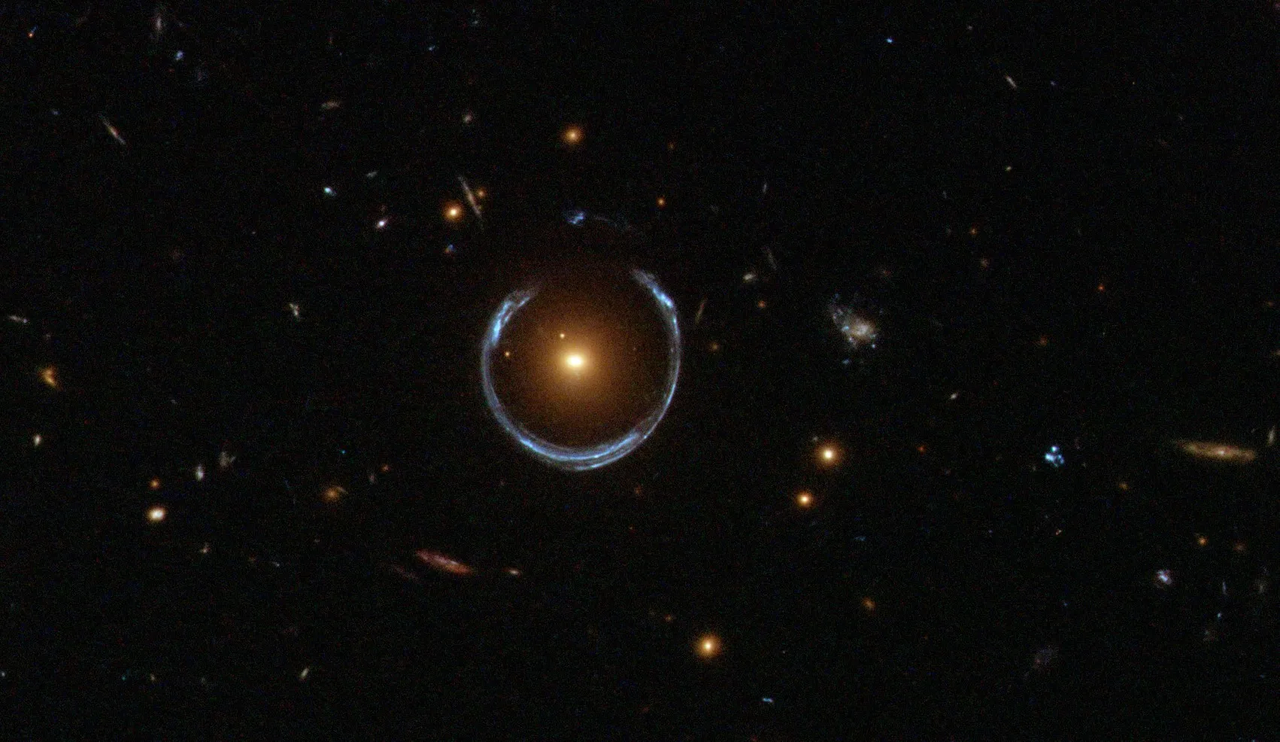Now Reading: Laser-Powered Mini Spacecraft May Reach Nearby Black Hole: Astrophysicist
-
01
Laser-Powered Mini Spacecraft May Reach Nearby Black Hole: Astrophysicist
Laser-Powered Mini Spacecraft May Reach Nearby Black Hole: Astrophysicist

Swift Summary:
- Researchers propose the concept of a miniature, laser-propelled spacecraft capable of traveling to a black hole within 20-25 light-years.
- The mission aims to test Albert Einstein’s theory of general relativity in extreme environments and verify the existence of event horizons in black holes.
- Proposed spacecrafts, called “nanocrafts,” would weigh as little as one gram and travel at nearly one-third the speed of light using ground-based lasers.
- Estimated travel time: 60-75 years to reach such a nearby black hole. Data collection takes an additional 20-25 years, making the total mission duration nearly a century.
- Observations may confirm if black holes have event horizons or offer evidence for choice models (e.g., “fuzzballs”).
- Major technological requirements include identifying closer black holes and significant advancements in laser propulsion systems. Current costs for these would be prohibitive but could decrease substantially within decades based on technological trends.
- The paper notes the nearest identified candidate (Gaia BH1) is over 1,500 light-years away but predicts revelation of closer ones within a decade.
For more information: Read More
Indian Opinion analysis:
This proposal represents humanity’s growing ambition to explore unknown realms beyond our solar system. For India – which has strong policy focus on advancing space exploration through programs like ISRO’s Chandrayaan missions – breakthroughs like this could serve as inspiration for future scientific frontiers. Participation in global astrophysics-based missions might strengthen India’s space research capabilities while driving innovation.With long-term plans linked heavily with international collaboration, India’s role might extend toward bolstering next-generation technologies such as miniaturized probes and cost-efficient laser propulsion systems required for projects like these. However,given such initiatives remain speculative due to massive costs (~$1 trillion currently),it underscores that priorities among countries need balancing between near-term goals (scientific advancements like satellites) versus futuristic exploratory ventures into interstellar space.
























